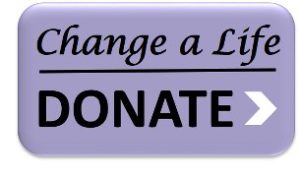The foster care system is meant to provide temporary and permanent placement for children who have been abandoned, abused, neglected, or in a situation where there is no adult to properly care for them.
Of the 437,465 children in the foster care system in the United States,
You might say, “The foster care system has resources available for these young people, so what’s the problem?”
PROBLEM
AVAILABILITY and ELIGIBILITY
These resources include housing, life skills assistance, and money for basic essentials. But, having available resources is not enough. These aging-out youth have to fulfill eligibility requirements to receive these resources.
for these aging-out youth?
![]() Our aging-out youth are being taken out of their foster homes and placed into group homes or homeless shelters that are meant for adults who may have drug problems, mental health issues, or violent tendencies.
Our aging-out youth are being taken out of their foster homes and placed into group homes or homeless shelters that are meant for adults who may have drug problems, mental health issues, or violent tendencies.
![]() Housing may be available, but many of these facilities are no place for our young people or have waiting lists that are more than a year long.
Housing may be available, but many of these facilities are no place for our young people or have waiting lists that are more than a year long.
PROBLEM
HOUSING versus EDUCATION
The greatest risk factors associated with our aging-out youth are homelessness and education cessation.
![]() Our aging-out youth are having to drop out of school to gain employment so they can avoid homelessness.
Our aging-out youth are having to drop out of school to gain employment so they can avoid homelessness.
![]() Our aging-out youth are choosing education but are ending up homeless.
Our aging-out youth are choosing education but are ending up homeless.

Our aging-out youth should have the opportunity to maintain whatever stability they have in their lives so they can, not just transition into adulthood, but thrive in it.


